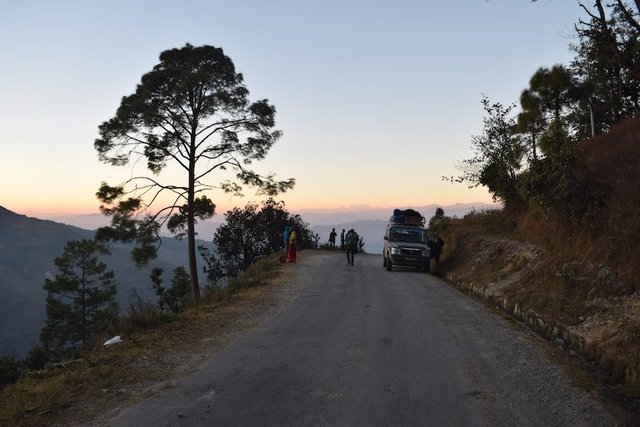The karnali highway

The Karnali Highway, one of the most challenging roads in Nepal, traverses through the rugged terrain of the Karnali region, connecting the midwestern town of Surkhet with Jumla in the northwestern Himalayas. Stretching about 232 kilometers (144 miles), this highway plays a crucial role in linking remote communities and fostering economic growth in the Karnali Province. However, the route is notorious for its precarious conditions, with narrow paths, steep cliffs, and a high risk of landslides and erosion, especially during the monsoon season.
The construction of the Karnali Highway was initiated to enhance connectivity in one of Nepal’s least accessible and impoverished regions. Its development faced numerous challenges, including tough geographical features, limited financial resources, and logistical difficulties. Consequently, the highway remains largely underdeveloped, with sections that are unpaved, narrow, and often impassable after heavy rains. Due to the high altitude and lack of proper safety measures, driving on this highway requires skill and caution, as it is infamous for accidents.
Despite its dangers, the Karnali Highway is essential for transporting goods, medical supplies, and other services to remote villages. It provides local communities with access to markets, healthcare, and education, which were previously limited due to the isolation of the region. As a result, the highway is a lifeline for many residents, supporting both economic activity and social development in Karnali Province. However, the high maintenance cost and safety risks remain pressing concerns.
Over the years, the government and non-governmental organizations have attempted to improve the road’s condition. More investment and infrastructure development are needed to make the Karnali Highway safer and more reliable, ultimately helping reduce the region’s poverty and isolation.